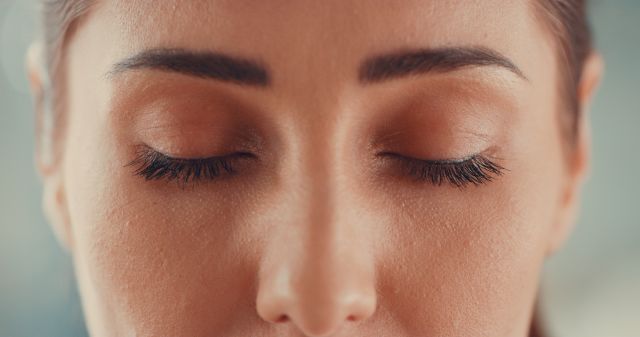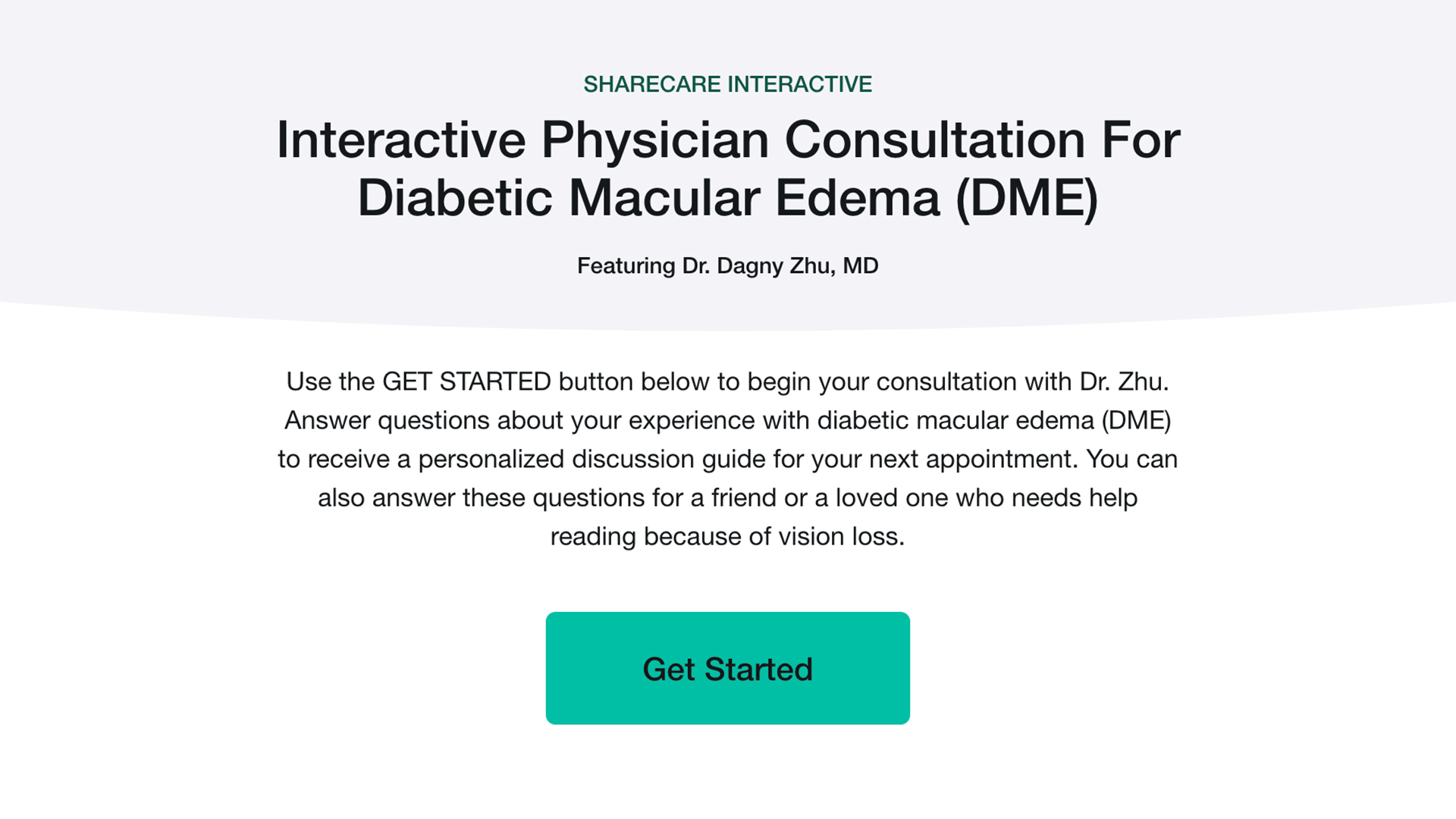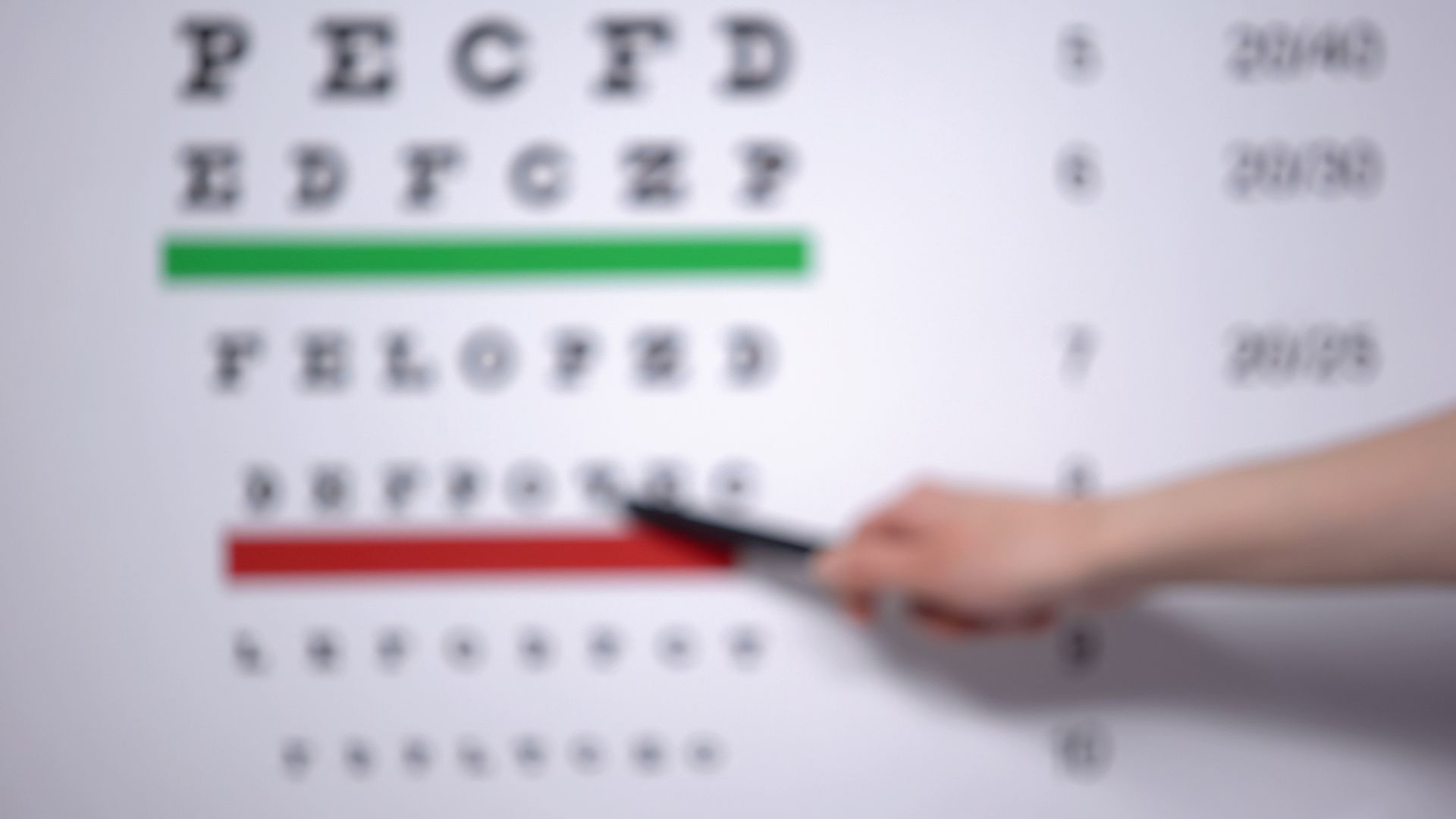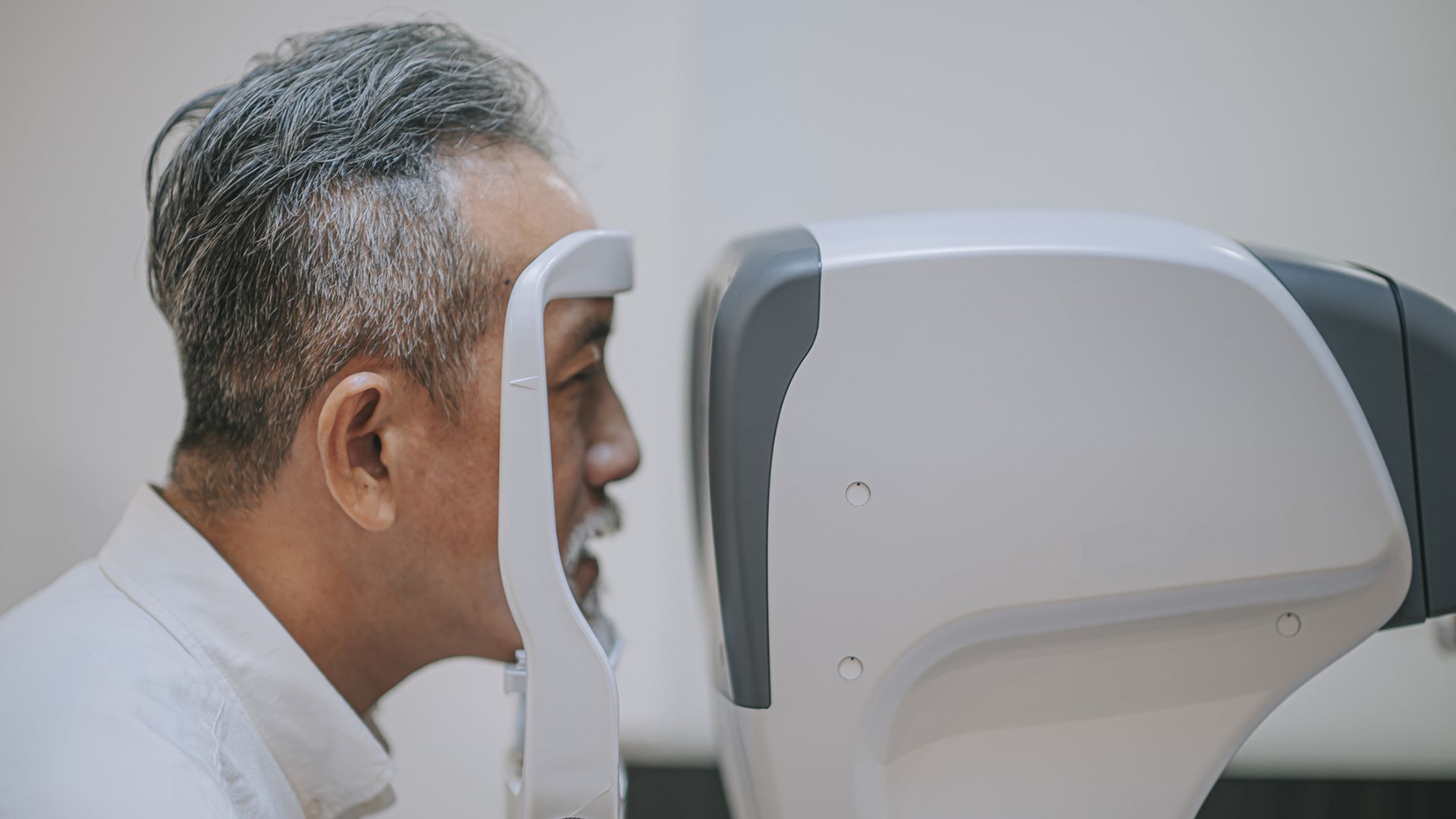Diabetic macular edema (DME) is a form of diabetic eye disease that occurs when fluid becomes trapped inside the part of the eye called the macula. The macula is the central cluster of photoreceptor cells in the retina, the part of the eye that converts light that enters the eyeball into nerve signals that then travel on to the brain.
It goes without saying that the retina and macula play an essential role in vision, and any problems with these parts of the eye will cause vision loss—problems with blurred vision and seeing colors, and in some cases severe vision loss and blindness.
If you or a loved one is living with DME or any other form of diabetic eye disease, there are treatments that can help. While diabetic eye disease cannot be cured, there are therapies that can help slow the progression of eye problems, and low vision rehabilitation that can help a person cope with vision loss.
Treatment begins with diagnosis
The first step to addressing any diabetes eye problem is to work with your healthcare provider. DME occurs as a result of another type of diabetic eye disease called diabetic retinopathy. It can also occur alongside other problems, such as glaucoma and cataracts.
While all of these eye problems can be related to diabetes, each can cause different symptoms and requires a different approach to treatment. The only way to know exactly what is happening inside the eye is to get evaluated by a healthcare provider.
Keeping diabetes under control
Elevated blood glucose, elevated blood pressure, and elevated cholesterol all contribute to worsening eye problems and other diabetes complications. Getting these numbers to goal will be a part of a treatment plan for diabetic eye disease. Good diabetes control helps slow the progression of diabetic eye problems and helps a person get the most out of treatment.
Therapies that treat DME
There is no cure for DME or diabetic retinopathy, but there are treatments that can slow the progression of diabetic eye disease—and in some cases, improve a person’s vision. Treatment for DME may include:
- Anti-VEGF injections. Weakened and leaking blood vessels in the eye are associated with high levels of a hormone called VEGF (vascular endothelial growth factor). Injections of anti-VEGF medication into the eyeball can help stop blood vessels from leaking. They can also prevent and treat the advanced stages of diabetic retinopathy.
- Laser surgery. A type of laser eye surgery called laser coagulation is another treatment option for DME. This procedure closes off leaking blood vessels by burning them with a laser.
- Corticosteroids. These are drugs that reduce inflammation. They can be delivered into the eye with an injection, or with an implant that slowly releases the drug into the eye.
Remember that different treatments work better for different people—and that your healthcare provider will be your best source of information.
Vision rehabilitation
For people who have experienced vision loss because of DME or another diabetes-related eye problem, a treatment plan should also include vision rehabilitation. A low vision rehabilitation program addresses the practical aspects of living with vision loss—finding strategies for maximizing remaining vision, using low vision aids and assistive devices, and finding ways to remain independent and navigate daily tasks while living with low vision.






